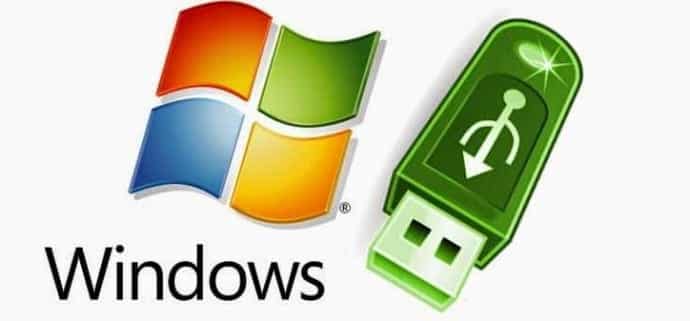Learn How to Install Any Version of Windows on Your PC/Laptop from USB
CDs and DVDs, which are considered as the standard storage type for installing Windows on personal computers, are now things of the past. Today, we have USB flash drives that are not only small, portable but most importantly they are fast.
In a worst case scenario, where you have to reinstall the operating system on your computer or help out a friend, it is sensible to create an emergency bootable USB drive irrespective of the Windows version you are using, whether it’s 10, 8.1, 8, 7 or older.
Since Windows has native support for making bootable USB drives, we have third-party software solutions that promise to make the job a lot easier for non-tech savvy geeks. Let’s have a look at the three popular utilities, WiNToBootic, Rufus and WinSetupFromUSB.
How to get started
First and foremost, prepare a USB flash drive with a storage capacity huge enough to fit the bootable files of Windows. It is recommended to have USB 3.0, as this version is faster than older versions. To maximize performance, plug it into the blue USB 3.0 connector of your computer unit. While USB 2.0 also works, it is slow.
In the subsequent step, create backups of the USB drive contents (if any) to prepare for clean-up. Since the clean-up is done by the programs automatically, it is not necessary to format the device yourself.
Then, keep an ISO file ready with the operating system. In order to learn how to make an ISO image from a Windows installation disc, click here.
WiNToBootic
Of the three options, WiNToBootic has the lightest set of choices. You can click the menu below the image with the USB drive in the main window to choose the device if you have more than one attached to the PC, as well as click the image to open the drive’s location in Windows Explorer to ensure that it is the correct one.
Later, click the image with the green arrow to detect and select the Windows ISO image, or just drop the file onto this area from Explorer. If this is supported by the OS version and if you plan to run the OS directly from the USB flash drive instead of using a regular setup kit to perform installations, then you can tick the Make Windows To Go box. Moreover, instead of running a normal format, you can check the Quick Format box.
To start the operation, click Do it! and Ok in the two subsequent dialog prompts to approve the action.
Rufus
The interface of Rufus has only one window that shows all settings available. If there are multiple drives plugged into the computer, click on the menu below device to select a USB. Set MBR partition scheme for BIOS or UEFI-CSM at partition scheme and target system type, as this is the safest choice out of the three, File system to NTFS and Cluster size to 4096 bytes (Default).
Click inside the box below New volume label, the Create a bootable disk using menu to select ISO image, along with the CD image next to it to identify the source by tracking and showing the Windows ISO image. At this stage, two new options show up. If you want to run it directly from the USB drive, you can choose Windows To Go or Standard Windows installation if you want to install the OS.
You can leave the remaining options as they are: Quick format and Create extended label and icon files are checked. If you have already failed after trying to create a bootable USB drive, you can ask Rufus to check and fix errors by ticking Check device for bad blocks and by clicking to choose the number of passes, ranging from 1 (quick but less efficient) to 4 (slow but more efficient).
You need to click on Start to begin the operation and Ok in the prompt message to confirm it.
WinSetupFromUSB
Casual users can get a little confused due to the numerous expert settings in WinSetupFromUSB. However, you can click on the menu below USB disk selection and format tools if you want to just create a drive from an ISO image and pick the drive letter if there are multiple devices plugged into the machine, as well as check the Auto format it with FBinst box. The default configuration should be left at FAT32.
Check the second box with Windows Vista / 7 / 8 / 10 / Server 2008 / 2013 based ISO in the Add to USB disk section, and click the button with the suspension marks to locate and choose your ISO image with the Windows installation files.
To start the process, click Go and Ok in the following two dialogs for confirmation.
You can download WiNToBootic, Rufus or WinSetupFromUSB.

